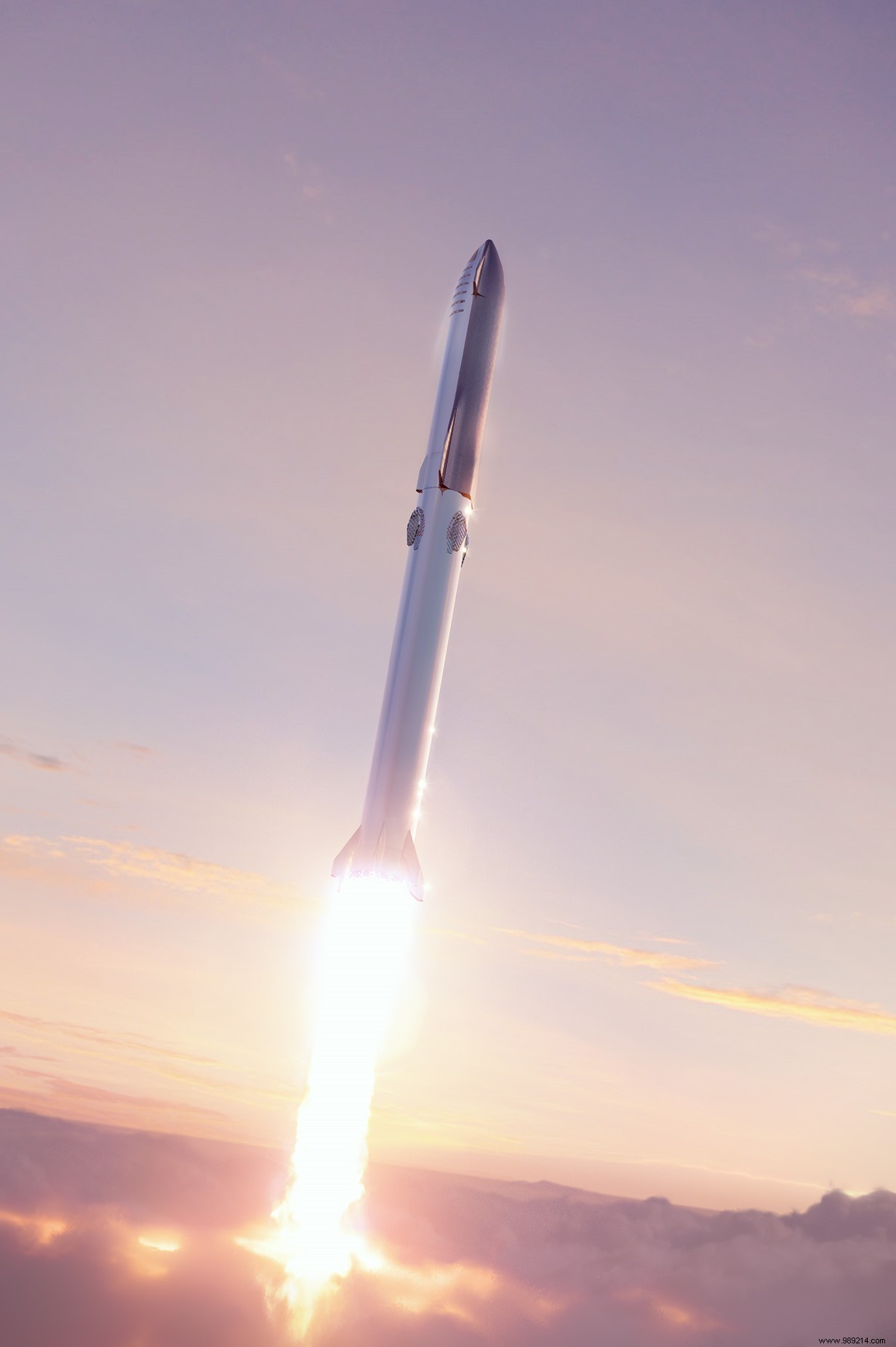According to the President of the company, SpaceX's Starships could help clean up Earth's orbit between two missions to the Moon or Mars. In this case, it would be a question of deorbiting certain dead rocket bodies, left by the others.
Earth orbit is currently polluted by more than 100 million pieces of space debris, 30,000 of which are more than ten centimeters in diameter . These objects, which spin through space at several thousand km/h, then constitute a real threat for the satellites and the occupants of the ISS. And it's not over. The costs of developing, building and launching satellites are falling, and Earth's orbital space lanes are becoming increasingly congested. Also, the risk of collisions will increase.
What could be worse? From a certain threshold, the volume of space debris in low orbit could be so large that these collisions will become inevitable . A terrible chain reaction would then follow. It's called "Kessler's Syndrome". This effect is also the basis of the plot of the film Gravity (2013). By this effect, the number of space debris in low orbit would therefore continue to grow exponentially, until the day when all this pollution would make space exploration impossible . We could also say "goodbye" to the satellites that our entire modern society relies on.
In order to respond to this threat, several solutions are currently being devised, such as automated collision avoidance maneuvers or even means of collecting space waste . We know for example that the ESA proposes the capture of satellites using nets, while China is considering using lasers.
What if SpaceX also helps clean up? After all, the company is one of the main drivers of this rapid growth of the satellite population in Earth orbit.

The company's president and chief operating officer, Gwynne Shotwell, isn't against it. In a recent online interview with Time Magazine , published on October 22, the interested party indeed underlined the idea of relying on the Starship "to go to some dead rocket bodies, other people's rockets, of course. Basically, we could fetch some of this waste from space and bring it back to Earth “.
The "of course of this statement is a small nod to the planned reusability of the Starship which will be total.
The Starship (about fifty meters high) represents the future of SpaceX. If all goes according to plan, this reusable vessel powered by the Super Heavy launcher will be able to release satellites, transport cargo and astronauts to the Moon and Mars, but also allow ultra-fast point-to-point travel, here on Earth. On paper, that the structure could also collect and deorbit troublesome and potentially dangerous orbital charges wouldn't be so surprising after all.

Timeline-wise, we know that SpaceX recently deployed the SN8, the first true Starship prototype. The company could then soon attempt a fifteen kilometer "jump" , before considering a first suborbital test at an altitude of 200 km early next year. In 2023 , the first tourist flights around the moon should then take place. According to recent statements by Elon Musk, SpaceX is even on track to launch its first uncrewed mission to Mars by 2024 .